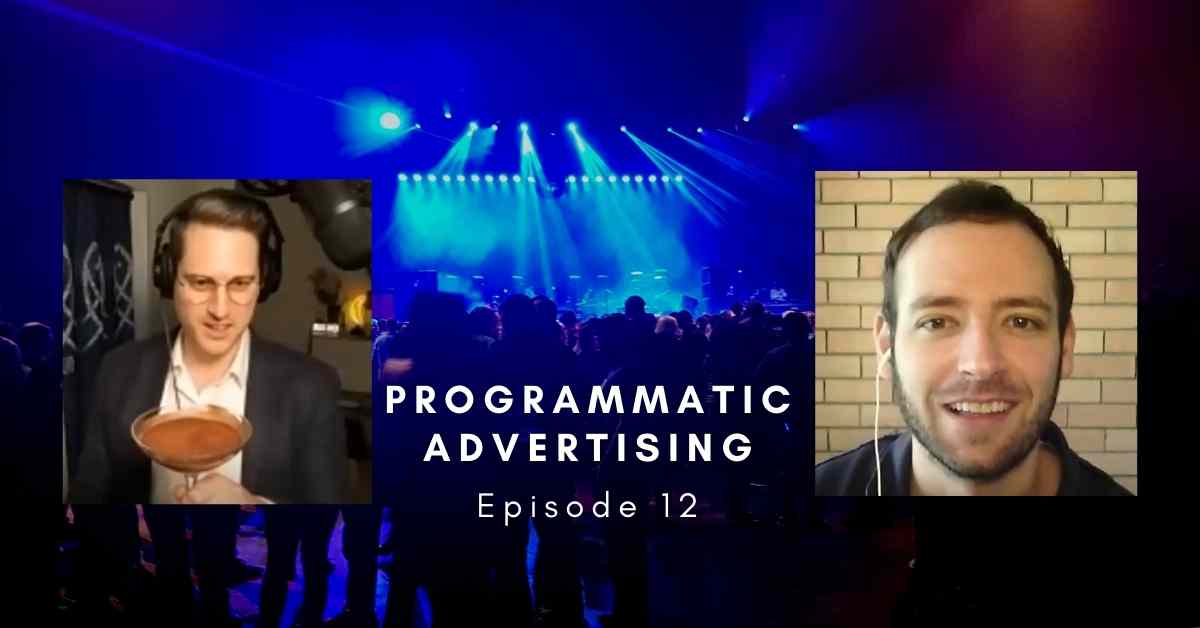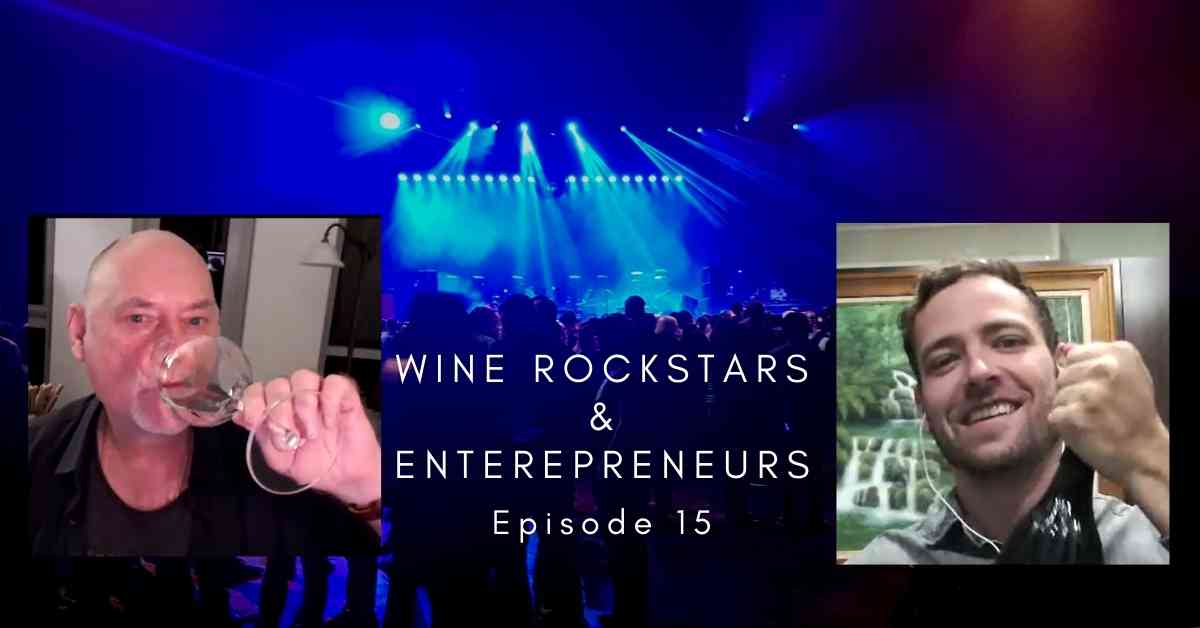Few people realise that Google Ads is now the biggest advertising medium in Australia and worldwide. Google makes the bulk of its cash from selling advertising space via its Google search pages, Youtube, Display ad system, Google Play store and more.
Declared income varies but reports showed that nearly $6bil was spent on Google’s digital advertising in Australia last year (2018) not to mention Facebook and all the other companies in between. More money is spent on Digital Advertising than any other form of advertising each year.
However, CPM (Cost per one thousand impressions) inflation is rampant. Continual SEO, Facebook and Instagram algorithm updates have successfully shifted more people away from pursuing organic reach and investing in digital advertising instead. Companies continue to shift money from old advertising mediums into new ones, which is nearly always digital. As a result, the cost of online advertising is skyrocketing.
Generally speaking there’s three main methods that can be used to pay for digital advertising.
When someone talks about online advertising, this is quite a broad statement. The number of formats and platforms within the supply chain are countless. Let’s cover some of the major ones, which you should be aware of.
If you have ever searched on Google or other search engines you might have noticed that some search results are tagged as ‘ad’ or ‘sponsored’. This means an advertiser is paying for that result to be shown as opposed to the search engine making up its own mind what results are listed after the user makes a search (see red highlighted sections in the image below).
Ads are shown to the user depending on which words they enter into the search field of the search engine. Advertisers can target these words and place a bid to ensure that their ad appears when a user types in that phrase.
Depending on how you target and what you are offering, you can pre-qualify the people who see and click on your ad. This means advertisers only have to pay for people who are actively searching for a supplier of the good/service they require. It’s a very efficient way to advertise because you can target people with purchase ‘intent’ – your website traffic has a much higher chance of converting for this reason. For example, if I was selling cookies, instead of targeting the word ‘cookies’, I could target ‘cookies for sale online’ which would gain superior revenue results.
The cost varies significantly depending on what words you want to target and how many other people are targeting that same phrase. The cost of the ad is dependent upon a silent auction bid model.
For example, you could pay $60-90 every time someone clicked on your ad if you targeted the phrase ‘Criminal Lawyer Sydney’. Targeting the word ‘SEO Company’ would cost you $30-60 per click in Melbourne area.

While there is the option within Google’s Adwords system to help protect against click fraud, there is unfortunately no silver bullet. In some industry niche’s (especially trades) we find click fraud to be 50-80% on average, meaning that you need to use anti-click fraud systems that have been correctly configured if you want any significant ROI on your spend.
Google shopping is a product only feature where you can advertise your product with an associated image, price and name (see below). This is popular in the online e-commerce sectors. Obviously, this does not apply to the service industry. To advertise in this area you need a further round of compliance regarding product inventory and other terms and conditions of sale.
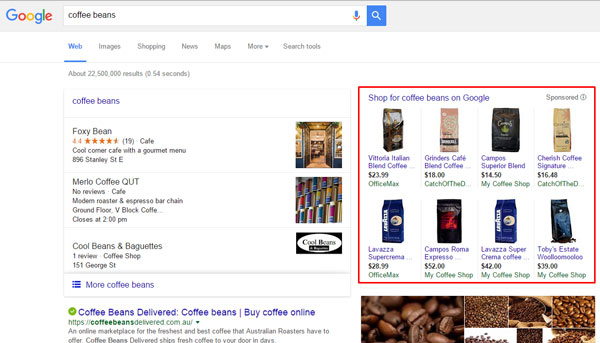
When you see a graphical, text or video ad on a website when you are browsing this is typically facilitated by different ‘Display Networks’.
Google’s display network is quite dominant, as well as its larger Double Click network (now both have been merged into Google Ads and Google Ads 360). Depending on which sites you want to advertise on, you may have to use multiple networks or even approach the website directly.
DSPs (Demand Side Platforms) are generally used by larger online advertisers who are spending over $5000 per month or more as they will be able to access a wider variety of websites and digital advertising ‘placements’.
More popular websites, might even restrict the sale of their ‘premium inventory’ to direct sales or a restricted market and if you wish to advertiser there, you’ll need to use other methods.
With these programmatic advertising systems, you can purchase video ‘pre-roll’ ads (ads that appear before the video you want to watch) as well as HTML5 (animated images) and static image ads.
Ads can be targeted by any number of factors including demography, geography, website visitation, interests, purchasing decisions and type of user. However there’s two broach approaches…
The cost depends on how many times you want your ad shown, where and to whom. More popular websites demand a higher bid price than less visited websites. If you’re targeting particular audiences in luxury categories, expect to pay top dollar. Nearly always, you pay on a CPM basis meaning that the more your ads are shown, the greater your budget needs to be.
To give you an idea of costs, on a recent campaign we executed, a click on Youtube for a simple graphical/text ad would be around $6 whereas Forbes.com was $3 and horoscope.com was $1. Text ads are the cheapest followed by graphical ads and then video ads on a popular website can set you back upwards of $10 per 3 seconds.


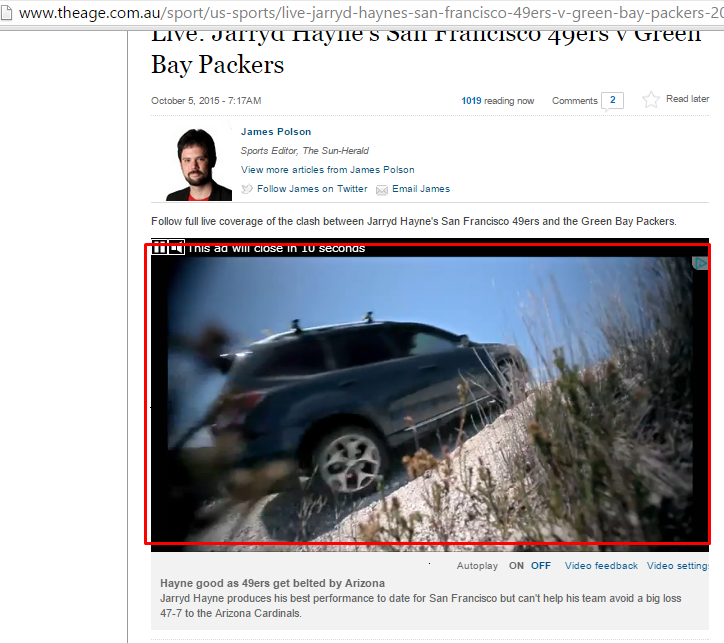
Re-marketing or re-targeting is not another type of advertising. It is simply a mechanism to advertise only to people who have made a previous action on an online website or app under your control.
You can re-target on Facebook, Instagram, Skype, Online Websites with advertising space on them, Google and nearly everything else.
Re-targeting is mostly used with Display Ads, social media and Youtube.
Re-marketing is essentially serving up specific advertising only to people who have visited your website before, hence the term ‘re-market’. It offers advertisers a chance to re-engage with that visitor and offer tailored messages to them depending on how they left your website.
For example, if you have ever tried to book a flight before and abandoned the checkout process for whatever reason, and then you’ve noticed ads following you around the internet offering you specific flight deals to the destination you were just searching for. This is called “Cart Abandonment Remarketing”.
Alternatively, you can use a general ad which helps reinforce your brand name in the eyes of someone who visited your website to help let it sink in over a longer period of time. Either way, this is a powerful way to re-engage with your target market and generally comes as a lower cost.
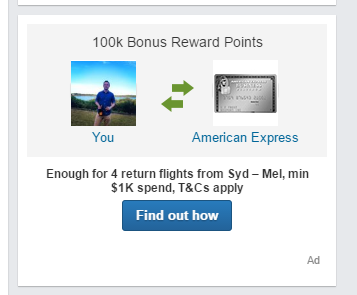
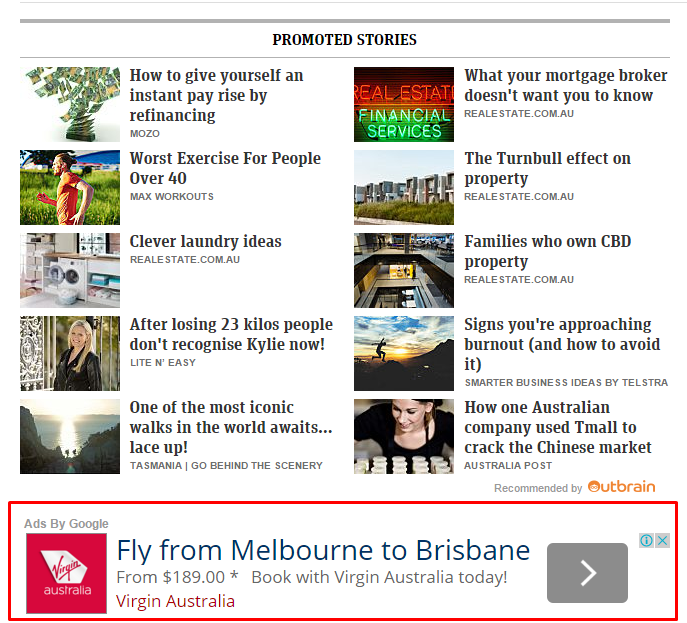
Most social media platforms have a self-service advertising option. Facebook, Instagram, Snapchat, Youtube, Linkedin, Pinterest – with enough skill you can register and start advertising with these platforms in minutes.
Out of all of these, LinkedIn has the highest cost (CPM) of advertising which ranges from $30-180 per thousand impressions. That doesn’t mean to say the others aren’t as expensive depending on how you set up a campaign, but the average cost is far higher on LinkedIn.
There are many ways these platforms charge for advertising. The cost of online advertising will vary significantly.
What online advertising have you done before and what questions do you have?
It’s an incredibly complex marketplace, and everyone’s budgets, goals and objectives vary.
Reach out to our team if you need guiding in the right direction.


EFFECTIVE
proven
SAFETY
simple
INTELLIGENT
INNOVATIVE
CREATIVE
protected
